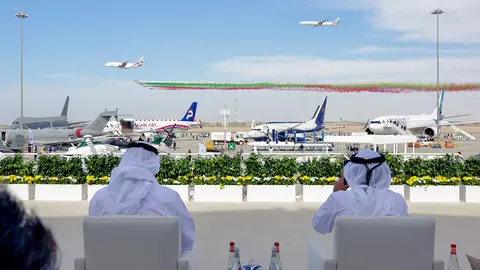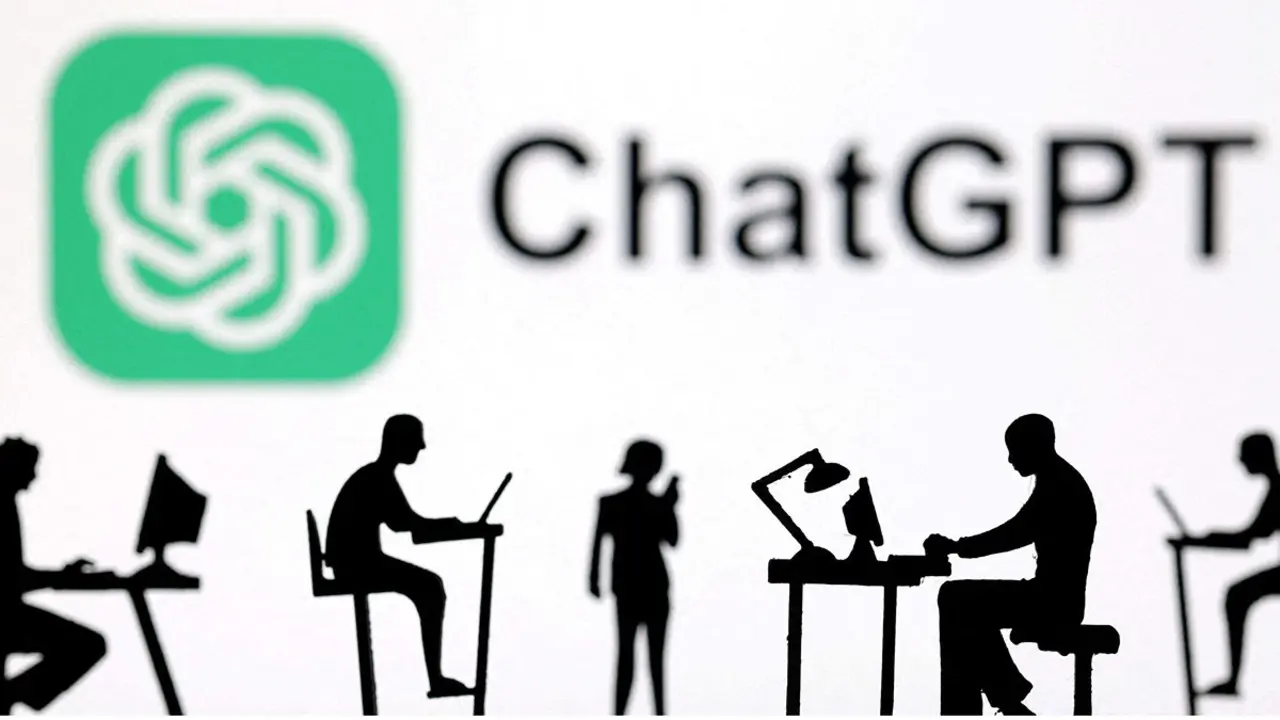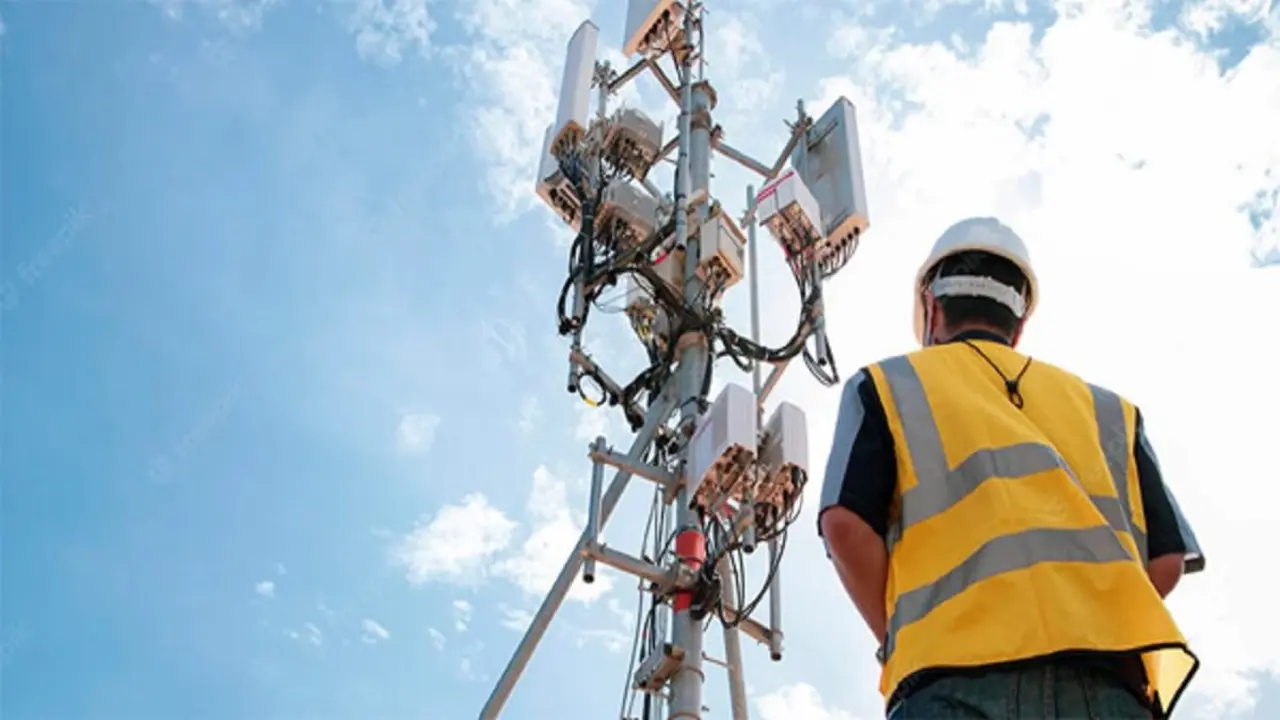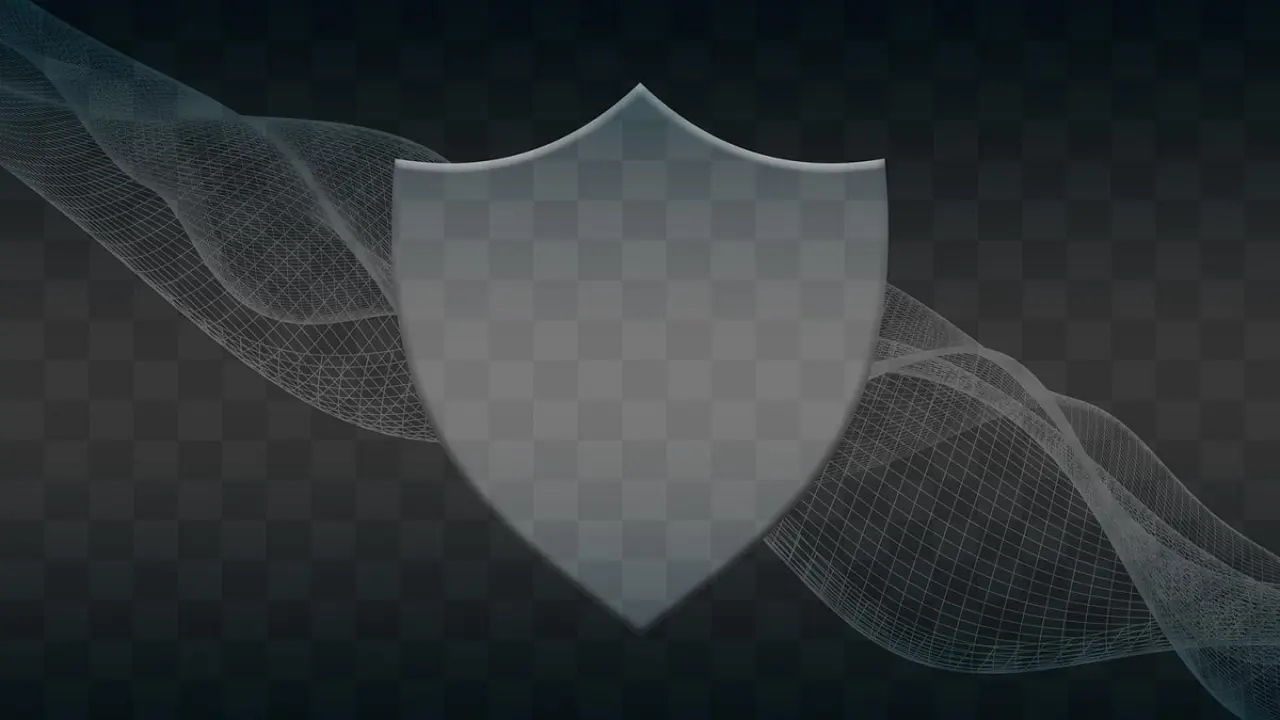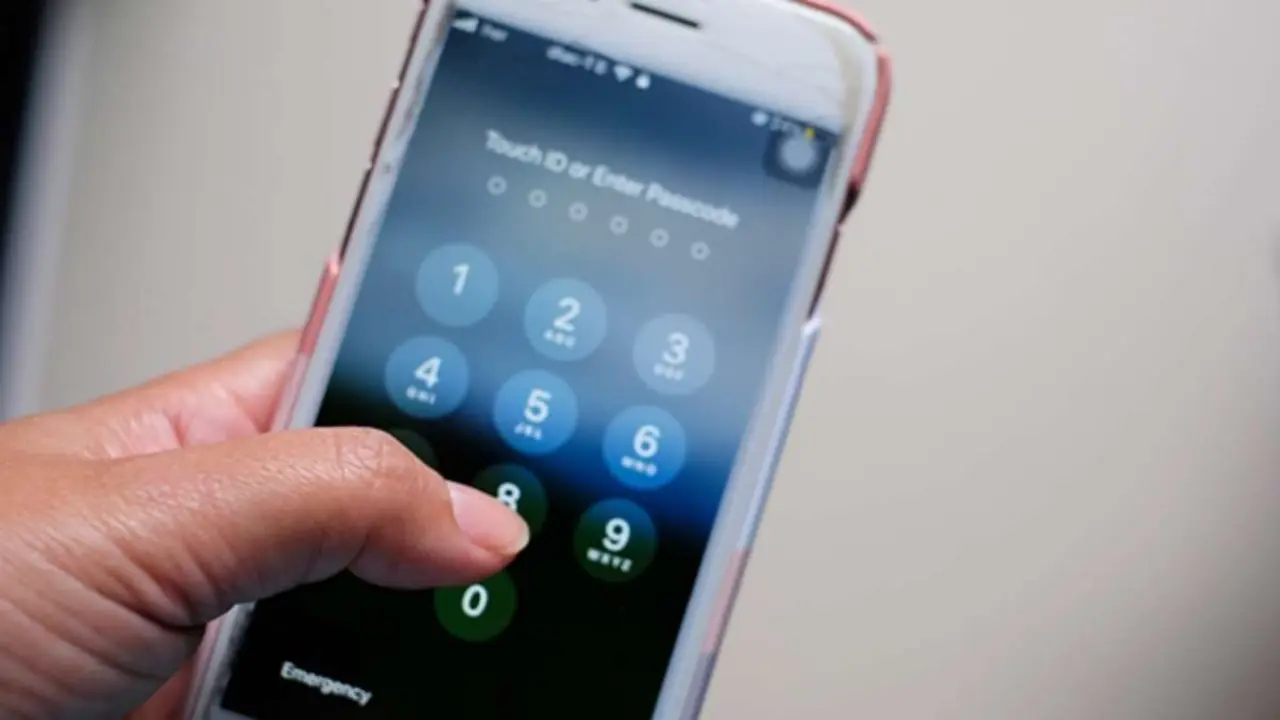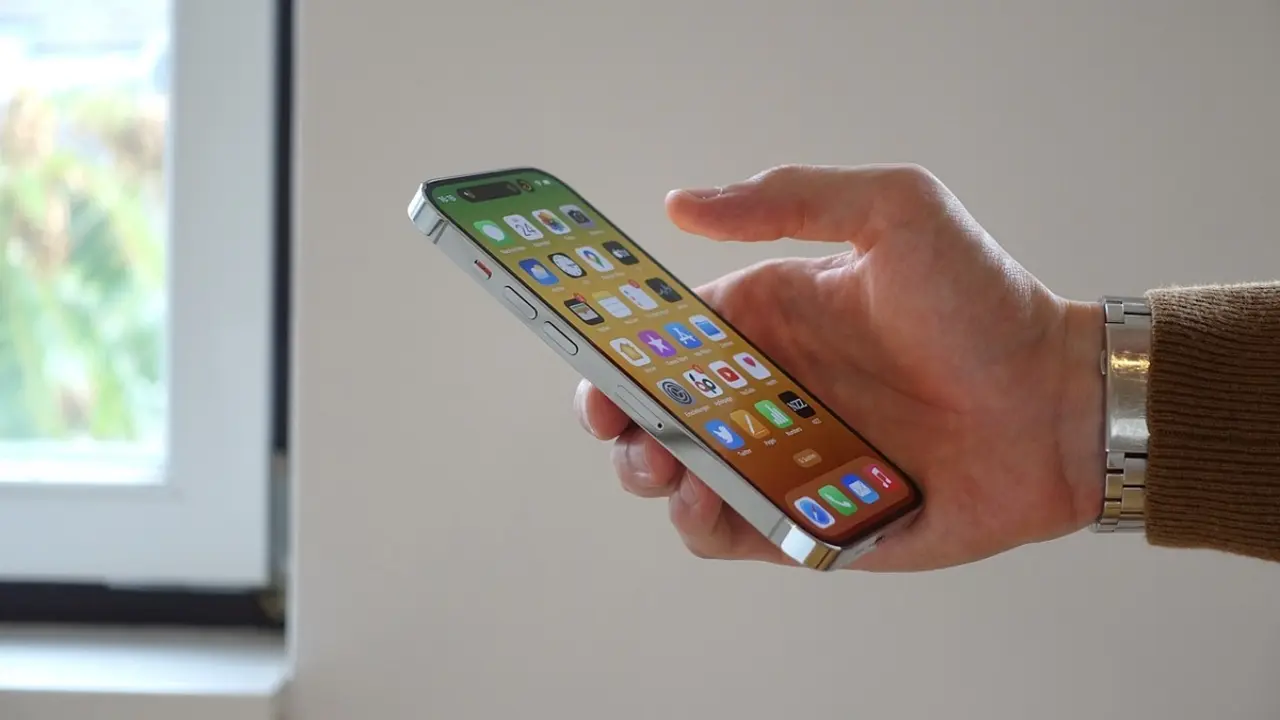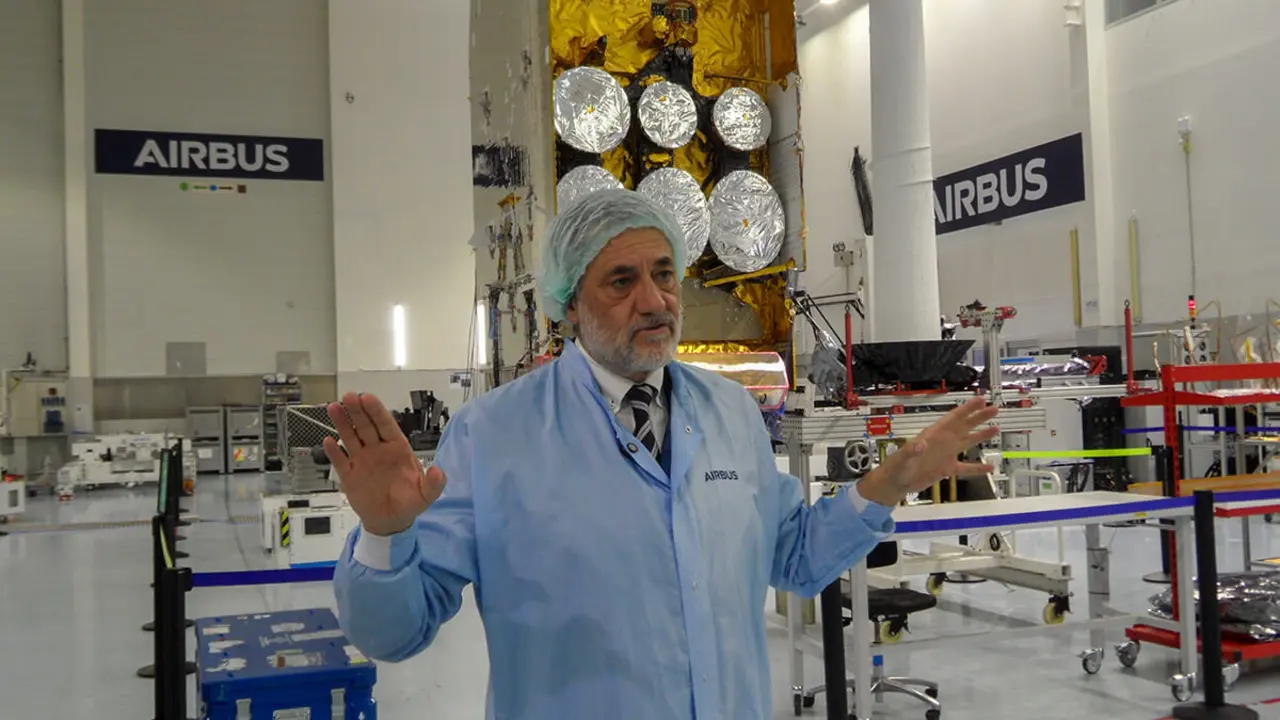Boeing's two nightmares that its new boss must extirpate
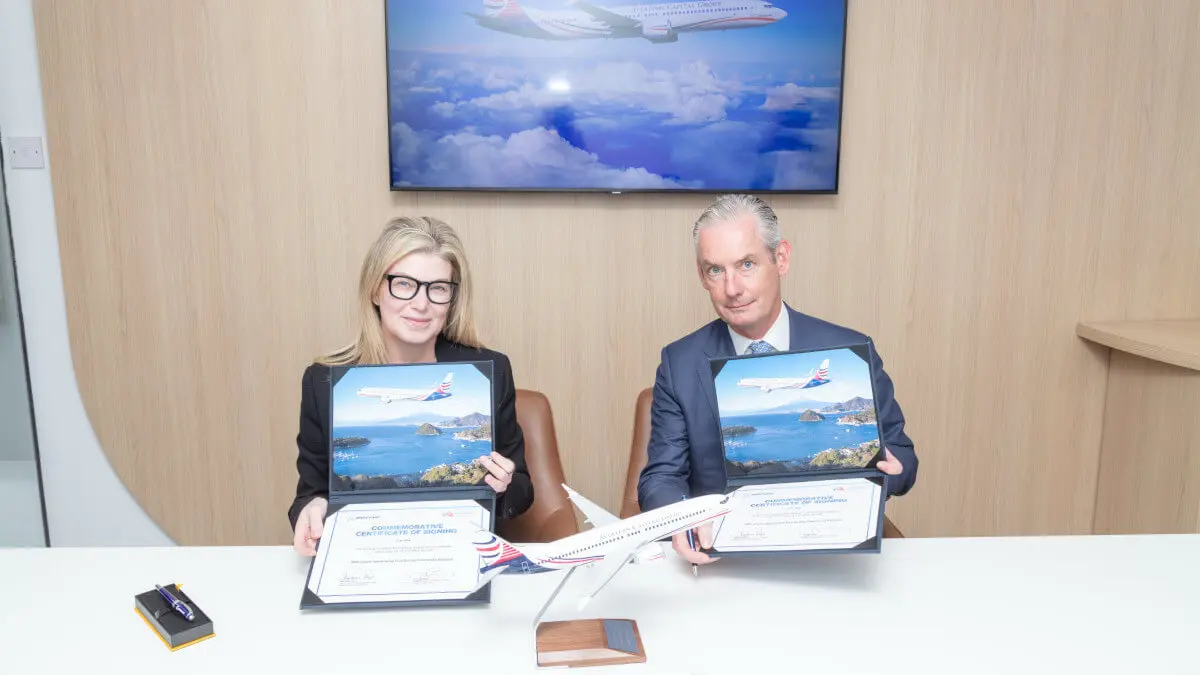
Boeing's third boss in the last five years, 64-year-old Kelly Ortberg, has just left his golden retirement on the sunny beaches of Florida's Palm Beaches to take the helm of one of America's biggest aerospace and defence giants.
Ortberg takes the executive reins of Boeing to put an end to the two main nightmares that the multinational suffers from and that his two predecessors have not been able to eradicate: Dennis Muilenburg - who led the company between 2015 and 2019 - and Dave Calhoun, who was terminated just a couple of days ago. Neither of them has been able to stop the decline in quality standards in the manufacture of its aircraft and space systems, nor to stop the company's loss of prestige.
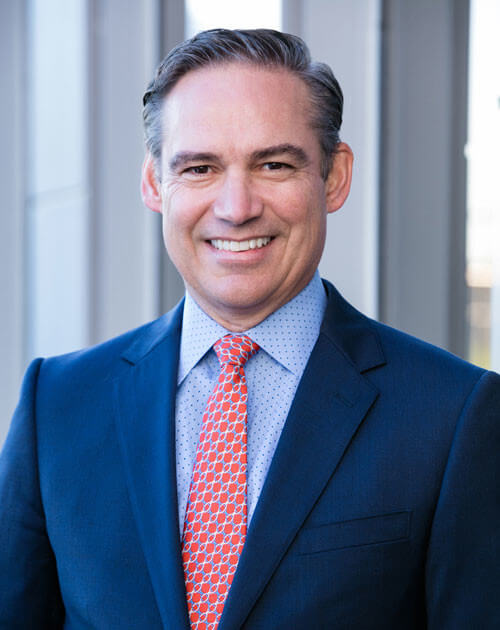
On Thursday 8 August, two days after the 79th anniversary of the huge explosion that devastated Hiroshima in 1945 and killed tens of thousands of Japanese, the man who was between 2013 and 2021 the head of the multinational technology company Rockwell Collins falls from the sky on Boeing like a kind of atomic bomb. His mission: to prevent its multi-billion dollar losses from continuing - 1,392 million dollars in the second quarter of the year - and to stop the plummeting value of its shares on Wall Street.
Kelly Ortberg, a key player in the mergers to form Raytheon Technologies Corporation, or RTX - comprising Collins Aerospace, Pratt & Whitney and Raytheon - has been tempted by Boeing with a multi-billion dollar contract. But, above all, for the recognition he will enjoy if he can pull the major industrial corporation out of the disrepute in which it has foundered. In his first words to the company's nearly 171,000 employees, he told them that "it is clear that we have a lot of work to do to restore confidence (...) and make the company once again the industry leader we all expect".
The first headache for Ortberg, who is already the headache of Stephanie Pope, the five-month-old CEO of Boeing's Commercial Airplanes Division, is its 737 MAX airliner, the modernised version of the 737. Although it entered service in May 2017, it has already had two very serious technical accidents, killing 346 people and turning the plane into the company's biggest nightmare.
Two serious disasters of the new 737 MAX in five months
The first disaster occurred on 29 October 2018. With 800 hours of service, a 737-8 MAX of Indonesia's low-cost carrier Lion Air plunged into the Java Sea about 13 minutes after take-off from Jakarta, killing its 181 passengers and eight crew. The second crash took place on 10 March 2019. Another Ethiopian Airlines Boeing 737-8 MAX just four months into operation crashed within six minutes of take-off from Addis Ababa airport, killing all 157 occupants.
Almost immediately, the US Federal Aviation Administration (FAA), the European Union Aviation Safety Agency (EASA) and equivalent organisations around the world ordered the grounding of the world's 737 MAX fleet. The flight ban was not lifted until November 2020, with multi-billion dollar losses for Boeing, the airlines and the entire value chain.

With nearly two thousand 737 MAXs delivered and more than 6,000 in the backlog, Boeing's Board of Directors dismissed Commercial Airplanes Division CEO Kevin McAllister and then the head of the entire company, Dennis Muilenburg, on the grounds that "a change in leadership was necessary to restore the confidence of regulators, customers and all stakeholders".
Investigations in both cases determined that the main cause of the two catastrophes was due to the so-called Manoeuvring Characteristics Augmentation System (MCAAS) of the flight control computer. This is software that tries to prevent the aircraft from climbing during take-off at too steep an angle, causing it to lose lift. When activated by an anomaly, forcing an accelerated descent, MCAS takes over automatic control of the aircraft and prevents pilots from taking manual control of the aircraft. If this happens, a fatal outcome is inevitable.
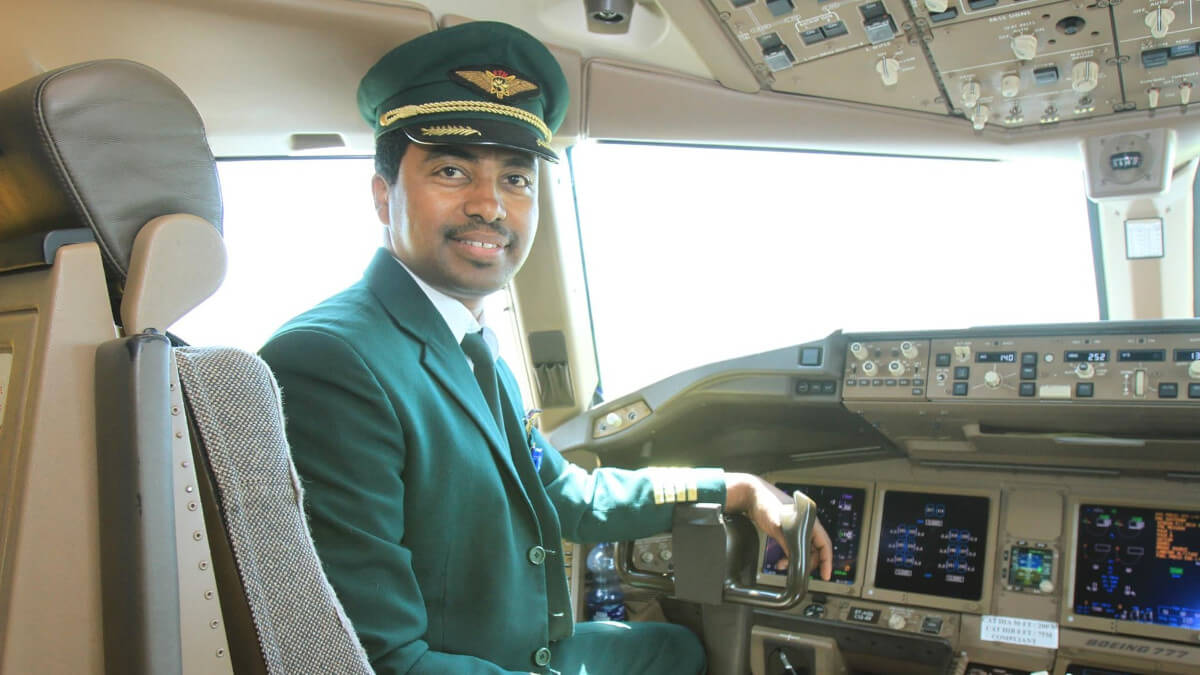
But the last straw for the quality and safety of the 737 MAX family came on 5 January. In the middle of an Alaska Airlines 737-9 MAX flight, one of the emergency doors in the passenger cabin detached and caused a rapid decompression. Fortunately, the aircraft was able to return to its home airport without further incident, "except for seven passengers and one crew member who sustained minor injuries," details the National Transportation Safety Board (NSTB) report.
The NTSB is the Federal Agency that investigates accidents involving civilian modes of transportation in the United States What happened? Four fasteners had not been installed during the aircraft's manufacturing process for administrative reasons, which the agency's chairwoman, Jennifer Homendy, said meant that "Boeing's safety culture needs a lot of work".
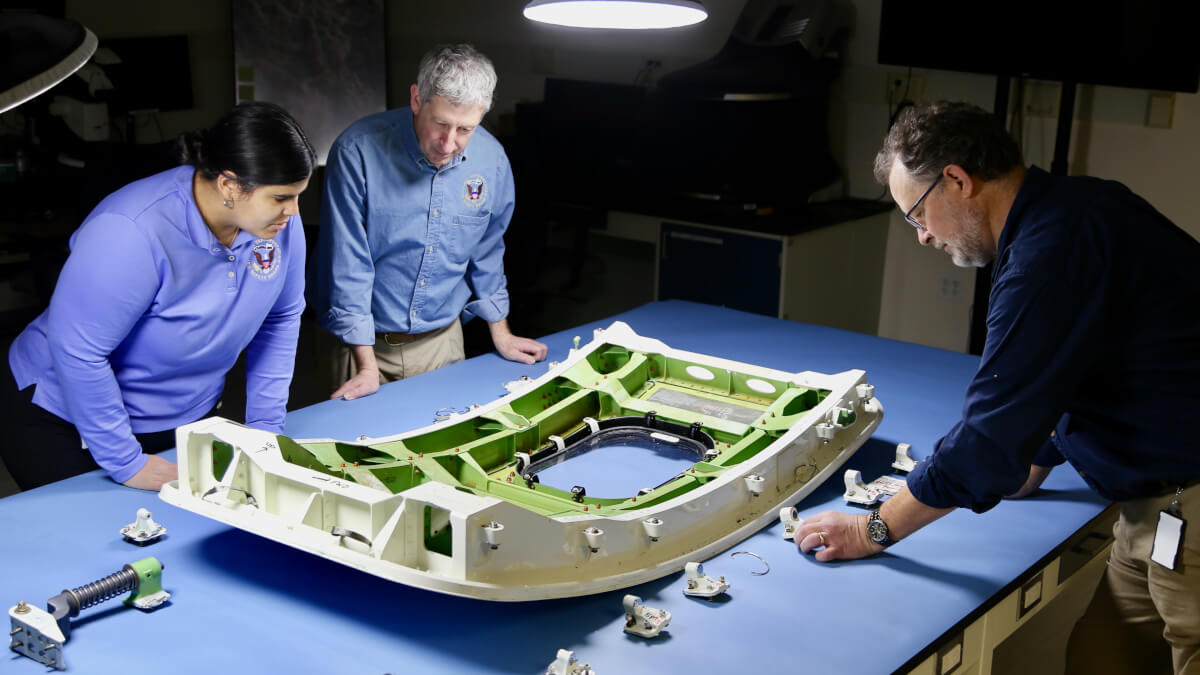
Starliner, the second nightmare
The second nightmare that has already begun to disturb Kelly Ortberg's hours of rest hangs over his Defence, Space and Security Division, headed since March 2022 by 51-year-old African-American Ted Colbert, whose female head of space projects is Kay Sears.
The nightmare facing the company's new boss is the poor results of the CST-100 Starliner project, the reusable space capsule that Boeing is in the process of testing. Along with SpaceX's Crew Dragon spacecraft, Starliner is one of the two options that NASA contracted on 16 September 2014 to transport astronauts to the International Space Station (ISS), to return and not depend on Russia and its veteran Soyuz spacecraft.
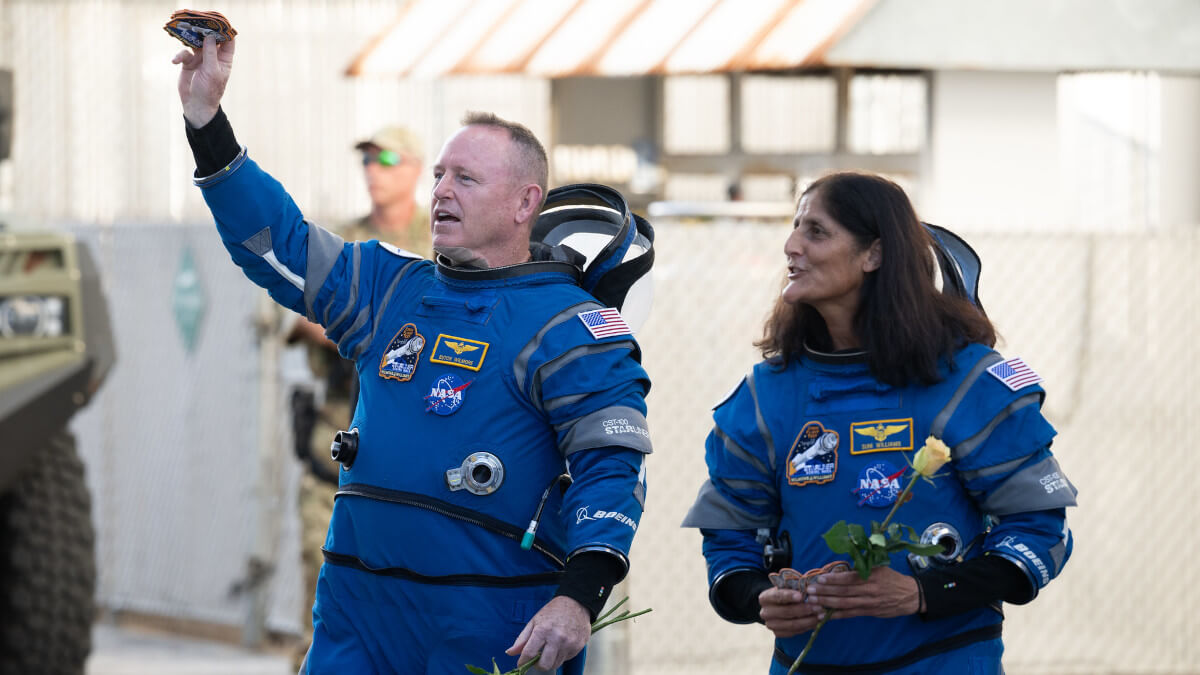
But Starliner is so far no less than four years behind the November 2020 entry into service of its competitor SpaceX's Crew Dragon, Elon Musk's space flagship. The big problem is not only the high economic costs of the huge delay, but also the consequences for the national and international prestige of a company that was instrumental in the Apollo programme to put astronauts on the moon.
The first of Starliner's two manned test flights took off on 5 June with veteran astronauts Butch Wilmore, 61, a Navy captain and retired fighter pilot, and Sunita Williams, 58, a former Navy helicopter test pilot. Everything was going well until five of the 28 thrusters in the propulsion system, which are responsible for precisely guiding the vehicle on its approach to the orbital complex and its return to Earth, failed while attempting to dock with the ISS.
The docking to the ISS was completed. Numerous tests have been carried out at the orbital complex itself and at Boeing and NASA test laboratories on the ground to find the cause of the problem. But there is no consensus among engineers. In an appearance on 7 August, NASA's chief of human spaceflight operations, astronaut Ken Bowersox, anticipated that SpaceX's Crew Dragon-9 capsule is expected to carry only two astronauts and not the planned four. If confirmed, Wilmore and Williams will remain in space and will not return for another eight months.
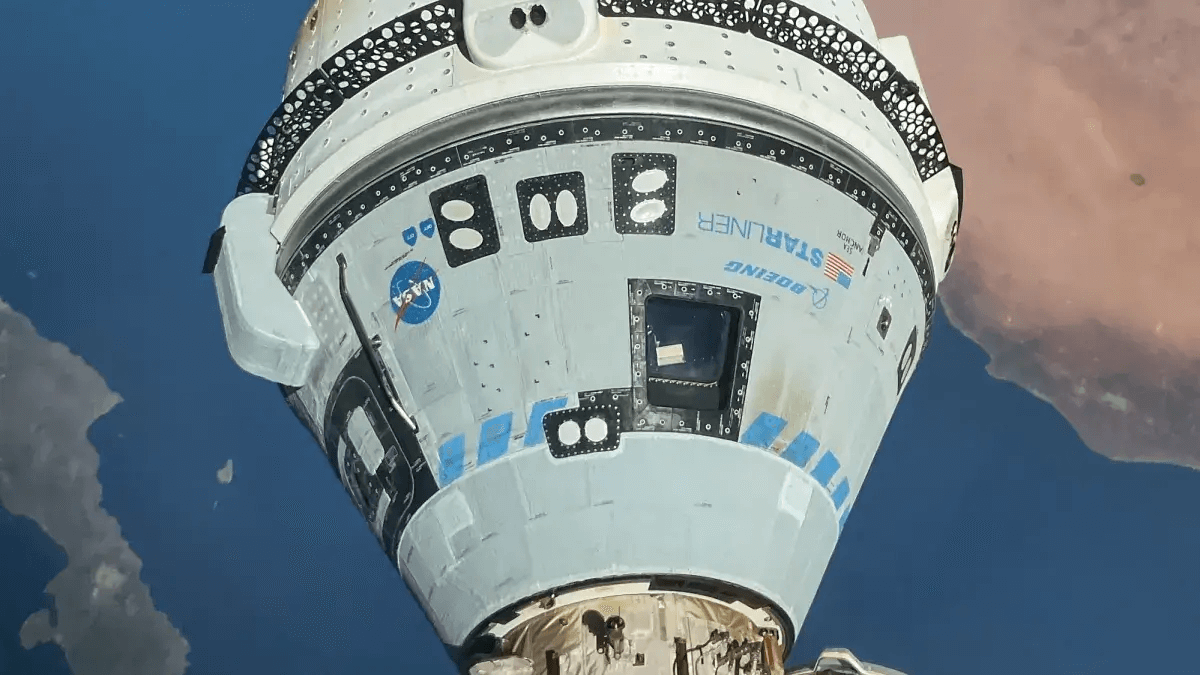
In addition, the liftoff of Crew Dragon-9 is delayed from 18 August to 24 September. The main reason for the delay is that, according to NASA's commercial crew programme manager Steve Stich, "several weeks are needed to reconfigure the software package onboard Starliner to allow it to safely undock from the ISS without crew onboard".
Pending Starliner's return to Earth with or without crew for further checks, Space X has now completed a dozen flights carrying a total of 52 astronauts from the United States, Germany, Saudi Arabia, Canada, Denmark, the United Arab Emirates, France, Israel, Italy, Japan, Turkey, Russia and Sweden. The final straw for Boeing's failure will be for the two astronauts who have travelled to the ISS aboard Starliner to return to Earth on a Crew Dragon spacecraft owned by its competitor, Elon Musk.


